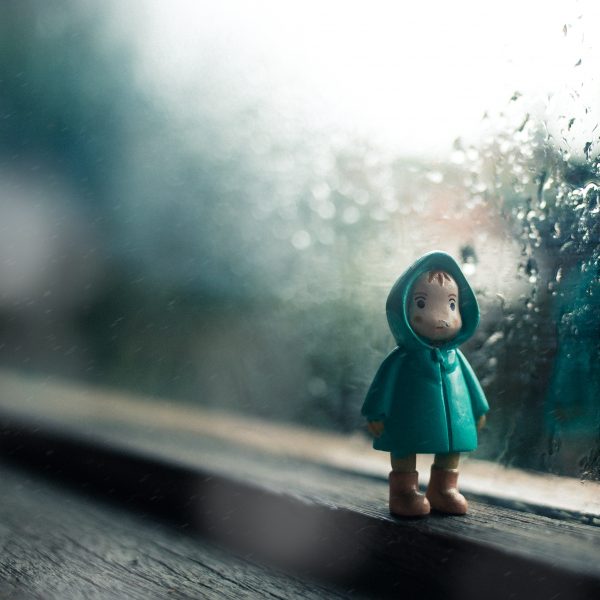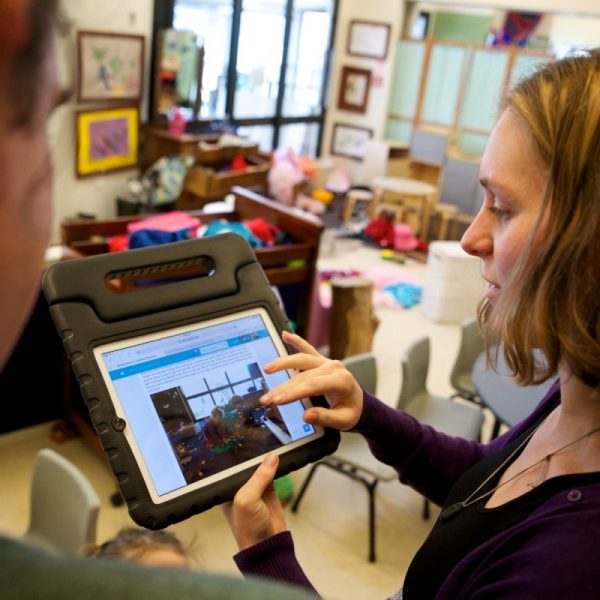The documentation process – six easy ways to simplify it

Have you ever reflected on ways you can improve your documentation process and wondered if there are any simple strategies you can use to make this process more effective?
There are various ways to document children’s learning, with so many benefits for children, families and the educators who work with them. Relationships and connections with families are strengthened. Families become more engaged with their children’s learning. Children’s strengths, ideas and thoughts are valued, respected and appreciated.
Playful learning is advocated for and encouraged. Educators deepen their understanding of individual children’s interests and increase their knowledge of child development. Families develop an awareness of and appreciation for the vital work that early childhood educators do. Children have opportunities to reflect on their own learning, revisit their prior learning and develop an image of themselves as capable, confident and curious lifelong learners. The list could go on…
Recording and creating comprehensive documentation of children’s learning and development is no easy task though. Educators cram a lot into their days and working WITH the children always takes priority. Also, considering all the nitty-gritty specifics that can make documentation richer, educators have a lot to consider when fulfilling this part of their work.
Here are six simple ways to enhance your documentation process.
Use timelapse video as part of your documentation process
A timelapse video is a great way to see change or progression over time. Let’s say a group of children are building an enormous block tower over the space of a day. Using a timelapse video, you will be able to capture not only the growth of the block tower but also the interactions and contributions of individual children. It is just another tool to use in your documentation toolkit to gain another perspective on children’s learning.
Use the rapid-fire mode on your camera for action shots
Trying to capture a clear photo of a child leaping and bounding around the playground usually ends up with many fuzzy images. Try switching your camera or device to “rapid fire” mode. This way, your device will capture many photos so you can choose the best or most engaging images for your documentation.
Ask children to contribute to their own learning stories
Consider children’s contribution to their own learning. Easier said than done, right? Well, it doesn’t have to be hard. You can show them photos you took of their work or of them engaged in play. Ask them what they would like to tell you about what was happening in the images. Record their reflections by typing their comments word by word or using the child mode tool in Storypark. Asking them about their learning takes a lot of guesswork out of your documentation process. It also ensures you are authentically following children’s interests rather than your interpretation of what it is they are passionate or curious about.
To simplify your documentation process, weave your analysis throughout your learning story
When writing a learning story, there are multiple ways you can add your analysis to the documentation process.
- You can weave your analysis throughout the learning story
- You can add it as a separate text block in your learning story
- You can deepen your analysis by using curriculum and learning tags
- Or your analysis can unfold in the comments section of your learning story on Storypark. Finally, another way that some educators work on analysing children’s learning is within the planning tool on Storypark. Sometimes, letting the analysis unfold over time can give a more authentic picture of what children are learning. This will then deepen when we allow it more time.
Document children’s learning dispositions
Documenting children’s learning dispositions and competencies can give us a clear picture of how they are developing and growing over time. Doing this will show common “threads” that you can then weave in and out of all other documentation. It will show a progression of learning that is easy to identify and can highlight the unique ways they are becoming lifelong learners.
Document younger children’s care routines
This is where a lot of learning is happening for infants and toddlers.
It can seem challenging to write learning stories for very young infants and toddlers, who spend large portions of their day engaged in care routines. Sleeping, diapering, and eating with little time left to explore and play.
Consider this, though. Humans experience the most rapid brain development in the first two years of life. Essentially, they learn more in this time than in any other period of their lives.
So a lot of the learning happening for them is happening during those “care routines”.
Those times spent washing and changing children in the bathroom are valuable times to have quality 1:1 interactions and conversations. The conversations you have with children during these times are priceless. They are learning about their bodies and the to-ing and fro-ing necessary for communication. They are becoming familiar with routines and developing stronger relationships with you. Children are also learning to identify when they are hungry, wet or uncomfortable, tired, and so much more.
Coincidentally, you also know that conversations with parents of very young children centre mainly around the routines of each child.
So document their changing sleep patterns, interest in the potty or toilet, curiosity about new foods, independence and their connections with you!
This resource was developed by the team from Storypark and has been reshared with permission. To access the original version, please see here.
Popular

Workforce
Quality
Research
When did it start to go wrong?
2025-12-18 08:00:46
by Fiona Alston

Quality
Practice
Research
Small ways to teach babies and toddlers body safety and consent in early learning
2025-12-15 08:00:40
by Fiona Alston

Quality
Research
Food safety in early learning centres: Protecting children through better practices
2025-12-15 07:45:24
by Contributed Content
















